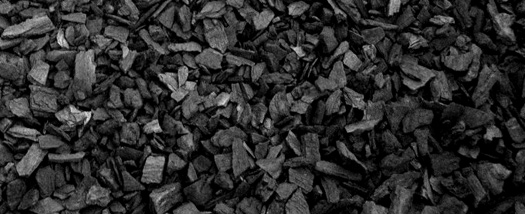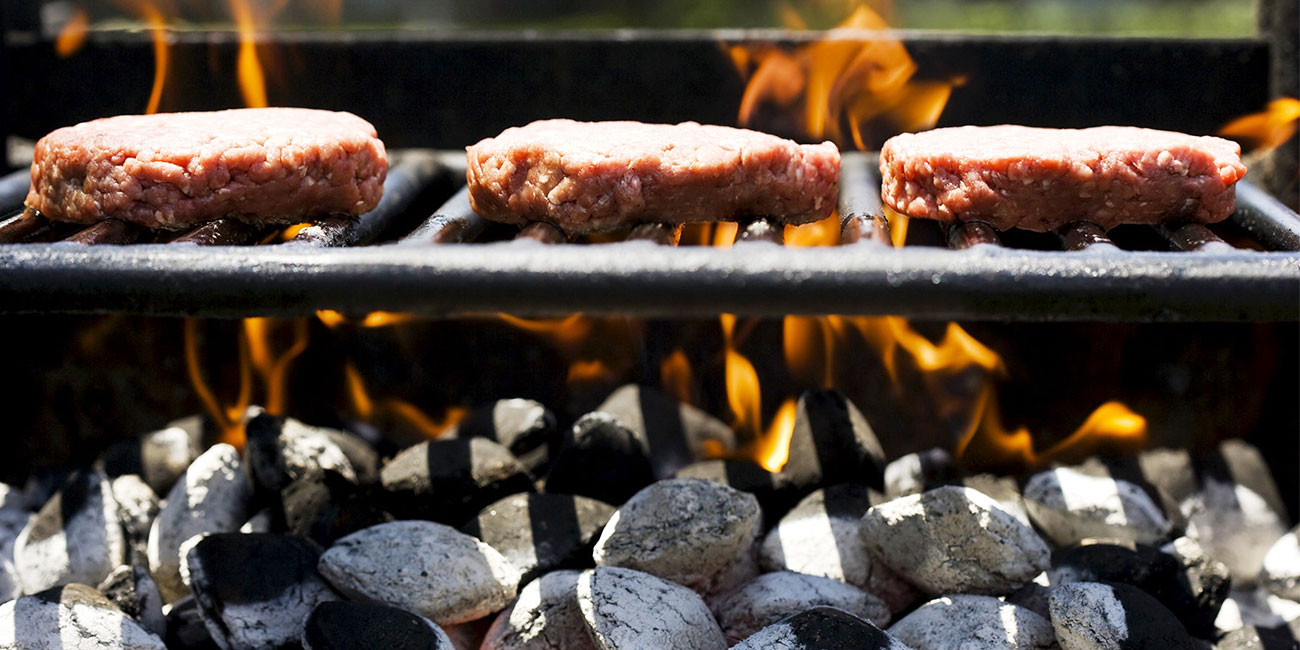The world is currently facing a waste wood crisis of unprecedented proportions. As tons of wood waste accumulate in landfills, it not only poses environmental challenges but also represents a massive untapped resource. Fortunately, innovative technology is on the horizon, promising to transform this crisis into an opportunity. Wood into charcoal machines are paving the way for a sustainable, eco-friendly solution to manage waste wood and produce valuable charcoal.

The Looming Crisis
As the global population grows, so does the demand for wood products. Construction, furniture, and paper industries are voracious consumers of wood. However, this insatiable demand results in an enormous amount of wood waste that is often destined for landfills. This trend has alarming environmental consequences, including:
- Deforestation: The overharvesting of trees to meet the demand for wood products leads to deforestation, causing habitat destruction and loss of biodiversity.
- Landfill Overflow: Wood waste comprises a significant portion of municipal solid waste, exacerbating landfill space shortages.
- Methane Emissions: The decomposition of wood in landfills generates methane, a potent greenhouse gas, contributing to climate change.
Innovative Wood into Charcoal Technology
To address these pressing issues, wood charcoal making machine technology has emerged as a groundbreaking solution. It harnesses the potential of waste wood by converting it into high-quality charcoal through a process called pyrolysis. In pyrolysis, wood is heated in a low-oxygen environment, breaking down the material and transforming it into charcoal, biochar, and other valuable byproducts.
The benefits of this technology are multi-fold:
- Waste Diversion: Wood waste that would otherwise end up in landfills is efficiently diverted and converted into valuable resources.
- Carbon Sequestration: Biochar, a byproduct of the pyrolysis process, can sequester carbon in the soil, contributing to carbon neutrality.
- Renewable Energy: Charcoal produced through pyrolysis can serve as a sustainable and eco-friendly source of energy for various applications.

wood charcoal
How Wood into Charcoal Machines Work
Wood into charcoal machines, also known as charcoal making machine, are at the heart of this transformative process. These machines are designed to efficiently convert waste wood into valuable charcoal. Here’s how they work:
- Feeding and Preprocessing: The wood waste is fed into the machine, where it undergoes preprocessing to remove contaminants like nails and other non-wood materials.
- Pyrolysis Chamber: The prepared wood is then placed in a pyrolysis chamber, which is heated to a specific temperature in a controlled environment. The absence of oxygen prevents combustion and facilitates the conversion of wood into charcoal.
- Condensation and Collection: Gases released during pyrolysis are condensed and collected for further processing or energy generation. The end product, charcoal, is also collected.
- Cooling and Packaging: The freshly produced charcoal is cooled and packaged for various applications, including fuel, filtration, and even art materials.
The Environmental and Economic Benefits
Embracing wood into charcoal technology comes with an array of environmental and economic advantages:
- Waste Reduction: Significant quantities of wood waste are diverted from landfills, alleviating the burden on waste management infrastructure.
- Energy Efficiency: The process of pyrolysis generates energy, which can be harnessed to power the machine, making the process more energy-efficient.
- Carbon Neutral: The use of charcoal produced through pyrolysis can be carbon-neutral, as it prevents the release of additional CO2 into the atmosphere.
- Renewable Energy: The charcoal produced from biochar machine can serve as a sustainable source of energy for industrial and residential applications.
- Economic Opportunities: Wood into charcoal technology opens up new economic avenues, from waste management services to the production and sale of charcoal and biochar.
Applications of Wood into Charcoal
The versatility of charcoal produced through wood into charcoal technology extends to a range of applications:
- Cooking Fuel: Charcoal is an ideal fuel for cooking, as it burns cleanly and efficiently.
- Heating: It can be used for heating in residential and industrial settings.
- Industrial Processes: Charcoal is essential in various industrial processes, such as metal smelting.
- Agriculture: Biochar produced during the pyrolysis process can enhance soil quality and crop yields.
- Filtration: Activated charcoal, derived from the same process, is used for air and water purification.

Biochar As Renewable Energy
Joining the Wood into Charcoal Revolution
The time to act is now. By embracing wood into charcoal technology, we can turn the tide on the waste wood crisis, reduce the environmental impact, and unlock the potential of a valuable resource. Here’s how you can contribute to this revolution:
- Support Research and Development: Invest in research and development initiatives that aim to improve and expand the applications of wood into charcoal technology.
- Promote Sustainable Practices: Advocate for sustainable forestry practices and the responsible use of wood products.
- Choose Charcoal Wisely: Opt for charcoal products produced through pyrolysis, as they have a lower environmental impact compared to conventional charcoal.
- Explore Entrepreneurship: Consider venturing into the wood into charcoal industry, either by operating a biochar pyrolysis equipment or developing innovative charcoal products.
In conclusion, the wood into charcoal revolution offers a sustainable solution to the waste wood crisis. By reimagining waste wood as a valuable resource, we can simultaneously address environmental challenges and harness the potential of a renewable energy source. Embracing this technology is not just a step forward; it’s a leap towards a more sustainable and eco-friendly future. The time to act is now, and the wood into charcoal revolution is leading the way.